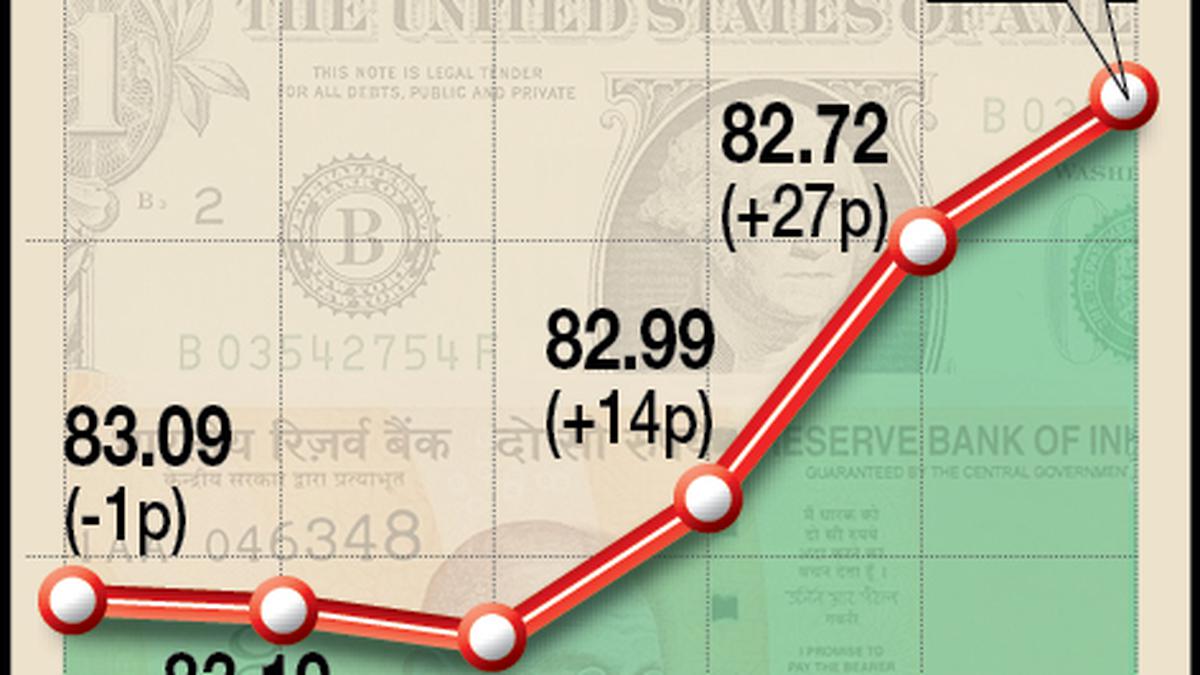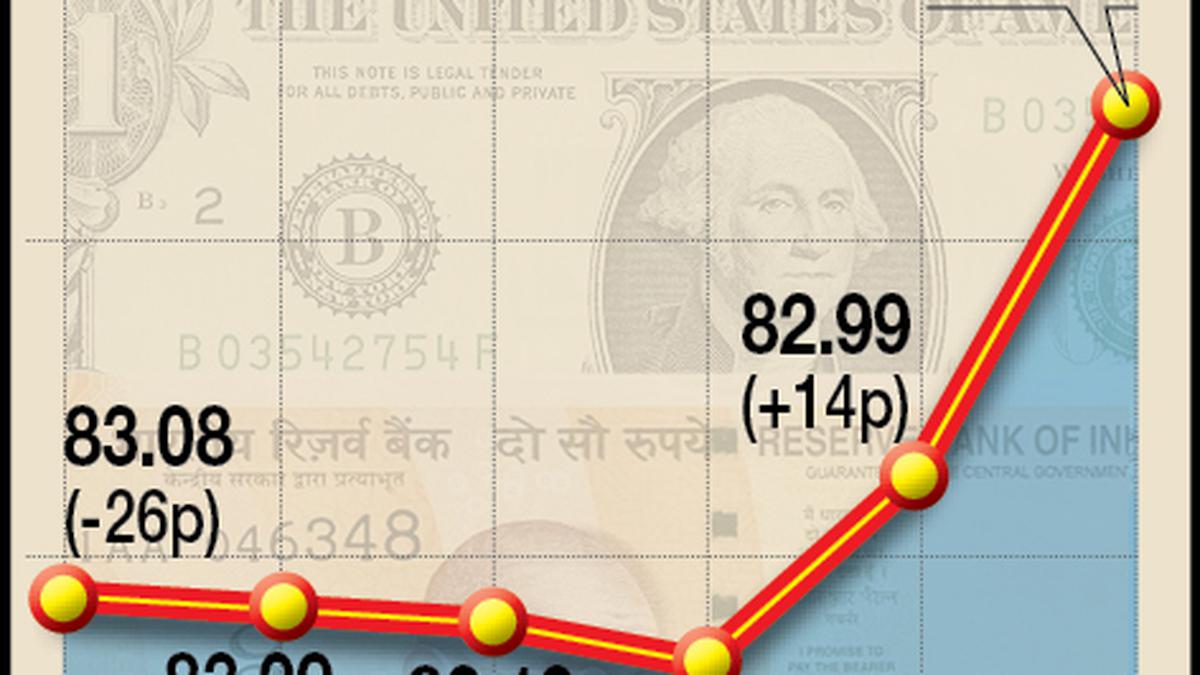The interim Budget saw an allocation of ₹13,000 crore for the Ministry of Tribal Affairs for the next fiscal year.
| Photo Credit: BISWARANJAN ROUT
The Estimates presented by Finance Minister Nirmala Sitharaman for financial year 2024-25 on February 1 left the budgets for Social Justice and Tribal Affairs Ministries largely unchanged with marginal increases seen in the estimated allocations for both ministries compared to the FY 2023-24 Budget Estimates (BE). While ₹14,225 crore has been set aside for the Ministry of Social Justice and Empowerment, ₹13,000 crore has been allocated for the Ministry of Tribal Affairs for the next fiscal year.
This comes even though the Revised Estimates for FY 2023-24 saw expenditures reduced by 38% and 23% for the Tribal Affairs Ministry and Social Justice Ministry, respectively, compared to the allocations set aside in BE 2023-24.
The Social Justice Ministry was able to spend only small percentages of the amounts set aside for key schemes like the SEED scheme for Denotified, Semi-Nomadic and Nomadic Tribes, the National Action Plan for Drug Demand Reduction, and the NAMASTE scheme to end unsafe sewer cleaning throughout FY 2023-24, as per the Revised Estimates. Similarly, the Tribal Affairs Ministry fell short in spending on its flagship project of Eklavya Model Residential Schools (EMRS) and on transfers to States under the PM Adi Adarsh Gram Yojana.
Despite this, the government has prioritised spending on these schemes for the next financial year. For instance, the Social Justice Department has increased the allocation under the NAMASTE scheme to ₹116.94 crore even though it was able to spend just ₹30 crore out of the ₹97 crore allocation made in this financial year’s estimates. Similarly, the SEED scheme’s allocation has been maintained at around ₹40 crore for the year even though the department was able to spend just ₹15 crore on it.
As for the Tribal Affairs Ministry, despite being able to spend just ₹2,471.81 crore out of its ₹5,943 crore allocation for this fiscal on its flagship EMRS project, the Ministry has set aside ₹6,399 crore for this project to be spent over the next fiscal. The PM-JANMAN programme targeted towards the Particularly Vulnerable Tribal Groups (PVTGs), launched in November, 2023, saw an allocation of ₹240 crore under the transfers to States head, with a ₹25 crore allocation for the Central sector component of it under the Tribal Affairs Ministry. Apart from this, ₹1,600 crore has been set aside to be disbursed as grants under Article 275(1) of the Constitution for the welfare of Scheduled Tribes.
In addition, the government has reduced the allocations for FY 2024-25 under the Free Coaching Scheme for Scheduled Castes and Other Backward Classes by over ₹12 crore; the allocation for the Pradhan Mantri Janjatiya Vikas Mission (PMJVM) — for forest produce self-help groups (SHGs) — also saw a reduction of over ₹110 crore compared to the FY 2023-24 estimates. Further, the allocation under transfers to States for the PM Adi Adarsh Gram Yojana has gone down by over ₹400 crore.
Furthermore, the government has made sure that there is a marginal increase in the overall allocation for the pre- and post-matriculation scholarship schemes (all components put together) available for Scheduled Castes, Scheduled Tribes, Other Backward Classes, and Denotified, Semi-Nomadic, and Nomadic Tribes — both in its share and in the share meant to be transferred to States and UTs.
As part of the Interim Budget documents, the government also put out a table on the implementation progress of significant announcements made in the 2023-24 Budget speech. Among these, the Sickle-Cell Elimination Project’s progress has been slow, with just a little over 64 lakh screenings conducted till November 2023, out of a target of conducting over two crore by the end of the fiscal.
Under the PM-JANMAN scheme, the government said that shared databases had been set up to collect village-level population data of PVTG communities, and that a mobile app had also been created by the Bhaskaracharya National Institute for Space Applications and Geoinformatics (BISAG-N) for verifying PVTG population, village data with infrastructural gaps in these villages/habitations.
Further, the government had announced a plan to hire as many as 33,000 teachers and non-teaching staff for EMRSs. Of this, the first batch of over 10,000 staff members are set to be selected for postings by the end of the fiscal. The exam for this selection was conducted in December, 2023.














